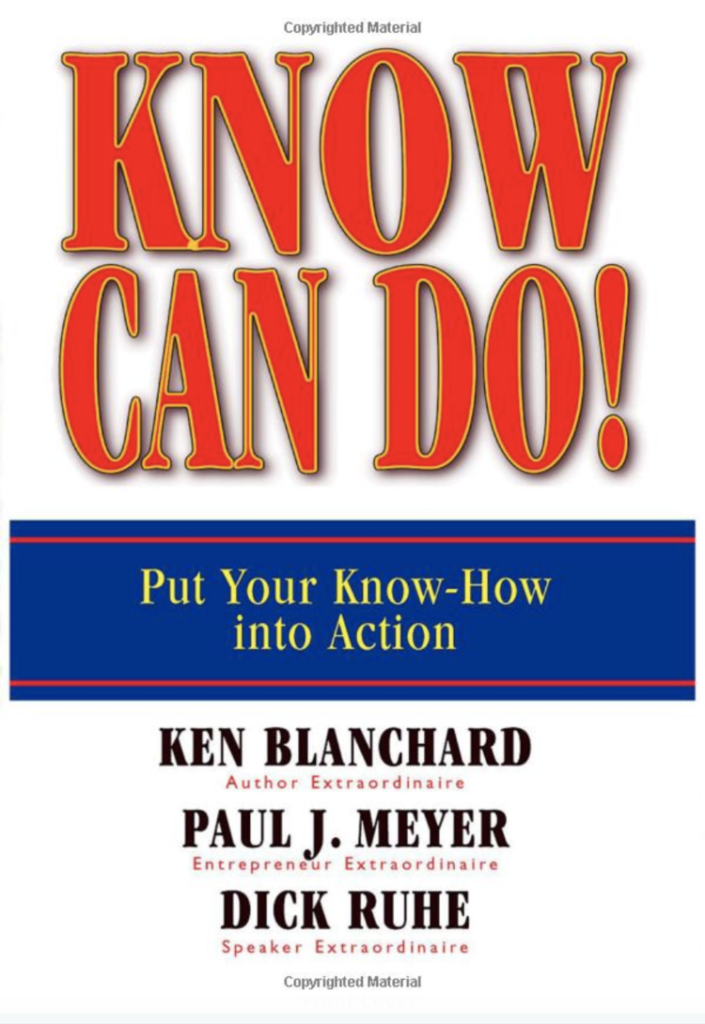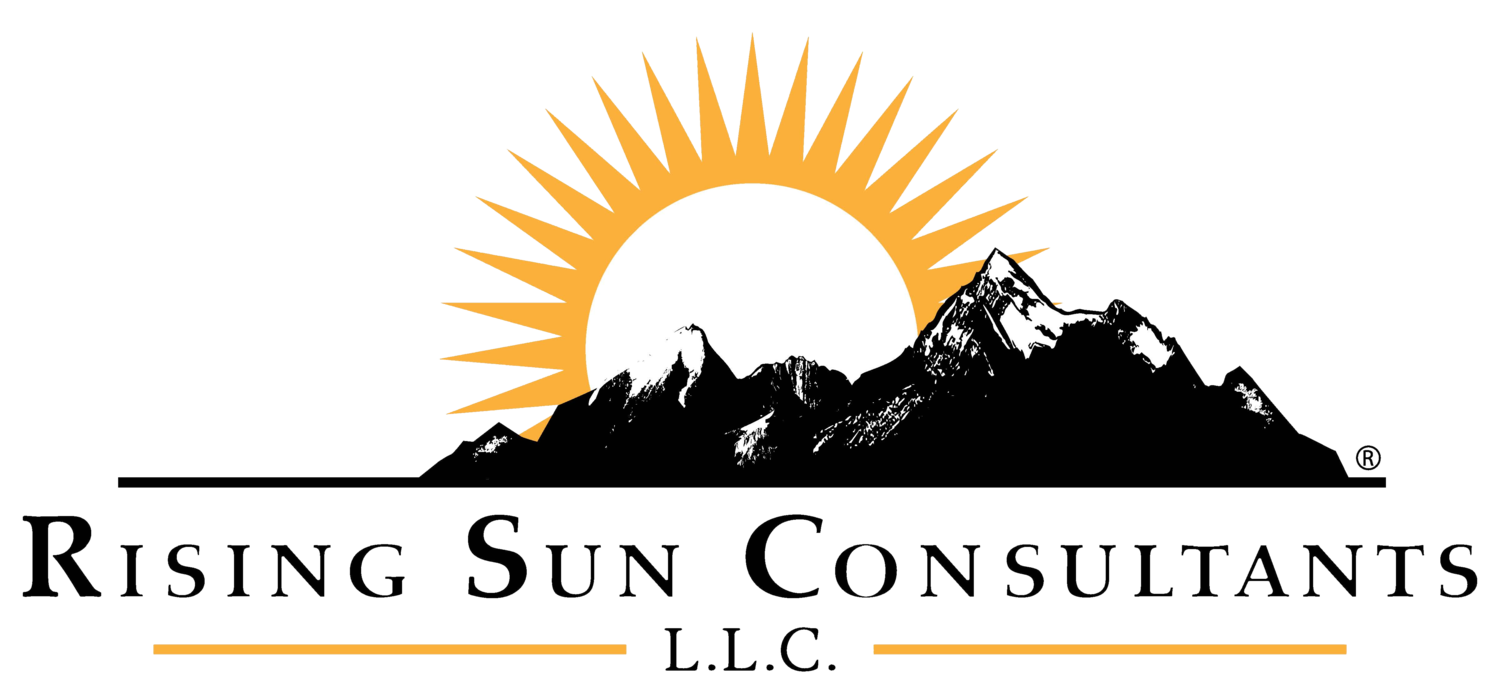BOOK FACTS
- Title: “Know Can Do, Put Your Know-How into Action”
- Author: Ken Blanchard, Paul Meyer, Dick Ruhe
- Publisher: Berrett-Koehler Publishers; San Francisco, CA
- Copyright: 2007
- No. of Pages: 112
- No. of Chapters: 12 sections (no chapters)
RATING (5 IS A MUST READ – 1 IS LOW INTEREST IN READING)
Readability: 5
Maintains Attention: 3
Applicability of Information: 5
REVIEW
“Know Can-Do” presents some very simple concepts and strategies to increase learning. Although I suggest that these concepts and strategies are simple, don’t be fooled into thinking they are easy. Consistent with Ken Blanchard’s style of writing, “Know Can-Do” utilizes a story format to share tools for closing the gap between what we learn and what we do.
Although I didn’t find “Know Can-Do” as captivating of a read as many of Blanchard’s books, I did appreciate the simplicity of the ideas that the authors shared. Based on the premise and purpose of the book, it would have been inconsistent for “Know Can-Do” to be a long and arduous read. As I worked my way through this powerful yet short book, I found myself needing to pause for periods of time in order to digest some of the fundamental truths that were being shared. At first, I found myself saying, “This is obvious.” or “This seems really basic and simple.” But as I moved forward and reflected I realized that that was part of the problem.
This is the kind of book that you need to read and then reread. You will want to take notes and practice the simple strategies outlined. The authors of “Know Can-Do” have tackled, what I believe to be, a major challenge in learning. We seem to spend a lot of time, energy and resources in sharing and receiving information yet the amount of information retained is not impressive. The authors address this issue with simplicity and brilliance.
SUMMARY OF MAIN POINTS
The authors of “Know Can-Do” start by sharing a major problem and concern they have within the learning process. They state the problem like this, “…to conclude that the gap between what people know – information they have picked up from books, audios, videos, and seminars – and what they do – how much they apply and use that knowledge – was significant.” It was this challenge that brought the three authors together to write this book.
The authors share three reasons for this gap between learning and doing: Information Overload, Negative Filtering and Lack of Follow-Up.
Information Overload is an issue of simply too much information being thrown at or attempting to be consumed by a person. “They suffer from an overdose of knowledge. This is a common trap to fall into because it is easy to read a new book, listen to a new CD, or go to a new seminar. Knowledge comes easy, but that will not bring about change in behavior.”
Negative Filtering takes a look at how our minds perceive and interpret information or learning. “People have a dysfunctional processing system, or, to put it another way, they suffer from stinkin’ thinkin’. Whenever they learn something positive, even about themselves, they put it down or discount it. This negative attitude continually holds them back, and, as you no doubt have witnessed, attitudes are tough to change.”
Lack of Follow-Up is about the difficulty in taking learning or knowledge and moving it to action over time. “Changing habits or behaviors requires a real concentrated effort. Yet most people don’t know how to follow up their good intentions to break the habit and change their behavior.”
It seems all too often we learn something new and get excited about this new learning. Unfortunately, as time passes we forget or lose most of the new learning we were excited about. “Know Can-Do” offers some very simple strategies and concepts to support the closing of the knowing-doing gap. “Once you really understand the three reasons people don’t do what they know, everything will become clear. Then you’ll be able to help people bring about wanted change in their own lives by using exponentially more of the knowledge available from books, audios, videos, and seminars. The key to doing that is repetition, repetition, repetition! It’s the missing link.”
CALL TO ACTION
After reading this book, the authors provide numerous principles, concepts, and actions to support individuals in taking what they’ve learned and translated it into daily behaviors. Following are three actions that you can do right now:
- After reading a book, read it again and take notes. It is important to review your notes.
- “Doing what we’ve been taught cannot be left to chance. A follow-up plan that provides structure, support and accountability must be set up to help us behave on our good intentions.”
- Create an accountability plan, like meeting regularly with your supervisor or direct reports to discuss what you have been learning and progress toward your goals.


